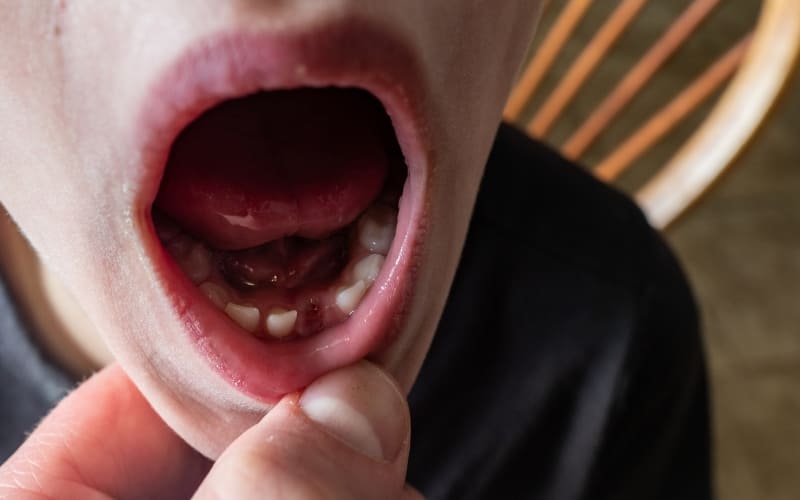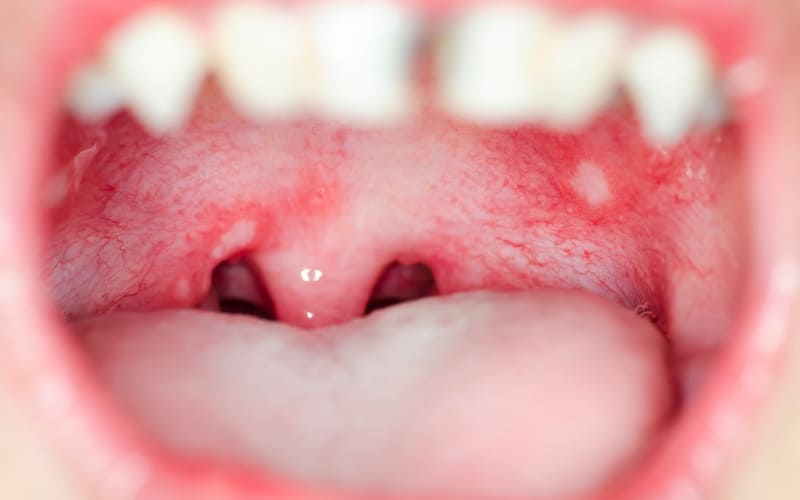


Dry socket, or alveolar osteitis, is a painful dental condition that can occur after a tooth extraction, particularly of the wisdom teeth. It occurs when the blood clot at the extraction site dislodges or dissolves early, revealing the underlying bone and nerves. This exposure leads to intense pain, often more severe than the initial extraction pain. In this article, we shall explore the potential causes of dry sockets including improper aftercare, smoking, oral contraceptive use, and pre-existing infection.
The Blood Clot: Key to Healing
The blood clot that forms after a tooth extraction is crucial for the healing process. It serves as a protective layer over the underlying bone and nerve endings in the empty tooth socket, preventing infection and facilitating the growth of new tissue. This clot also provides the foundation for new bone and gum tissue to develop.
When a blood clot fails to form or becomes dislodged, a condition known as a dry socket occurs. The bone and nerves are exposed without a protective clot, leading to severe pain and potential infection. This significantly delays the healing process and requires medical intervention to manage the symptoms and promote healing.
Potential Causes of Dry Socket
A. Disrupted Healing Process
1. Smoking and Tobacco Use: Chemicals in tobacco can irritate the extraction site and the act of smoking can dislodge the blood clot, impeding healing.
2. Oral Contraceptives: High estrogen levels from oral contraceptives may affect the normal healing process, increasing the risk of dry sockets.
B. Underlying Issues in the Mouth
1. Infection: Pre-existing infections or those introduced post-extraction can prevent proper clot formation and healing.
2. Poor Dental Hygiene: Inadequate oral hygiene can lead to increased bacterial presence, raising the risk of infection and dry socket.
C. Trauma to the Extraction Site
1. Complicated Tooth Extraction Procedure: Difficult extractions can cause more trauma to the site, increasing the likelihood of dislodging the blood clot.
2. Improper Aftercare: Actions like poking the socket with utensils or a toothbrush can disrupt the clot and lead to a dry socket.
Final Words!
The main causes of dry sockets include disrupted healing due to smoking and oral contraceptives, underlying mouth issues like infections and poor dental hygiene, and trauma from complicated tooth extractions or improper aftercare. If you experience symptoms of dry socket, such as severe pain or an exposed bone, reach out to an Oral Surgeon in Beverly Hills. Don’t let dry socket pain linger—get professional help now!




